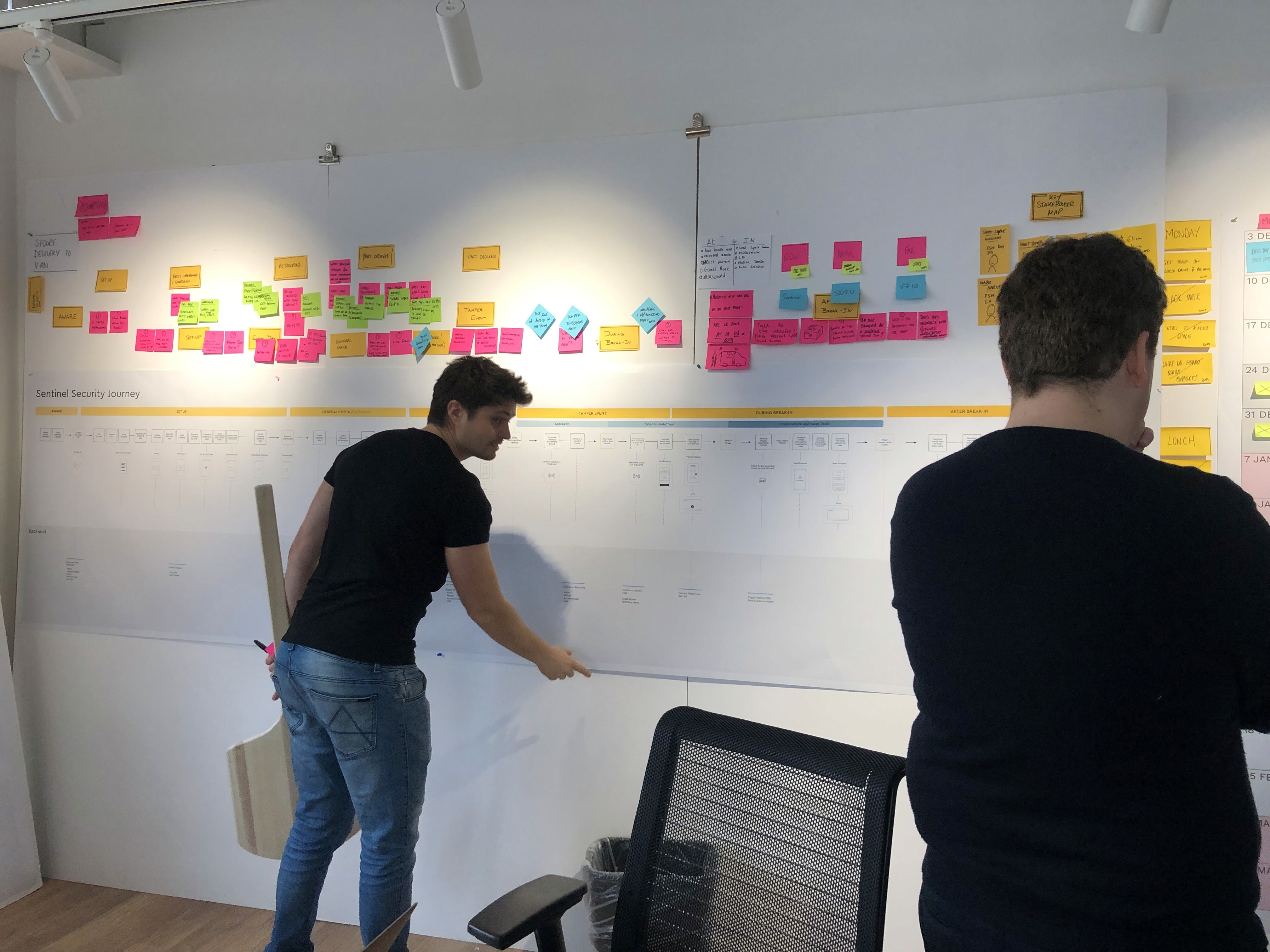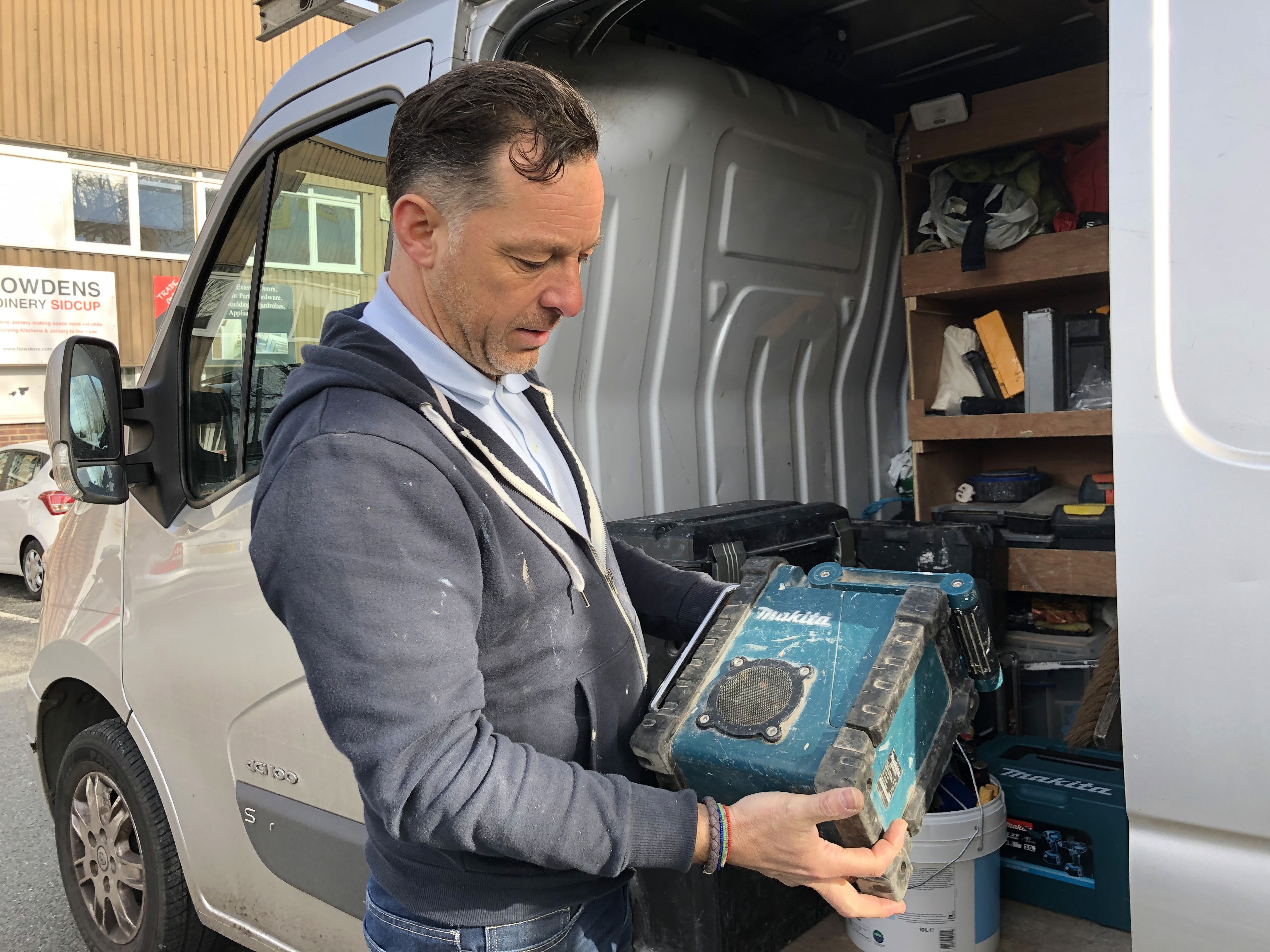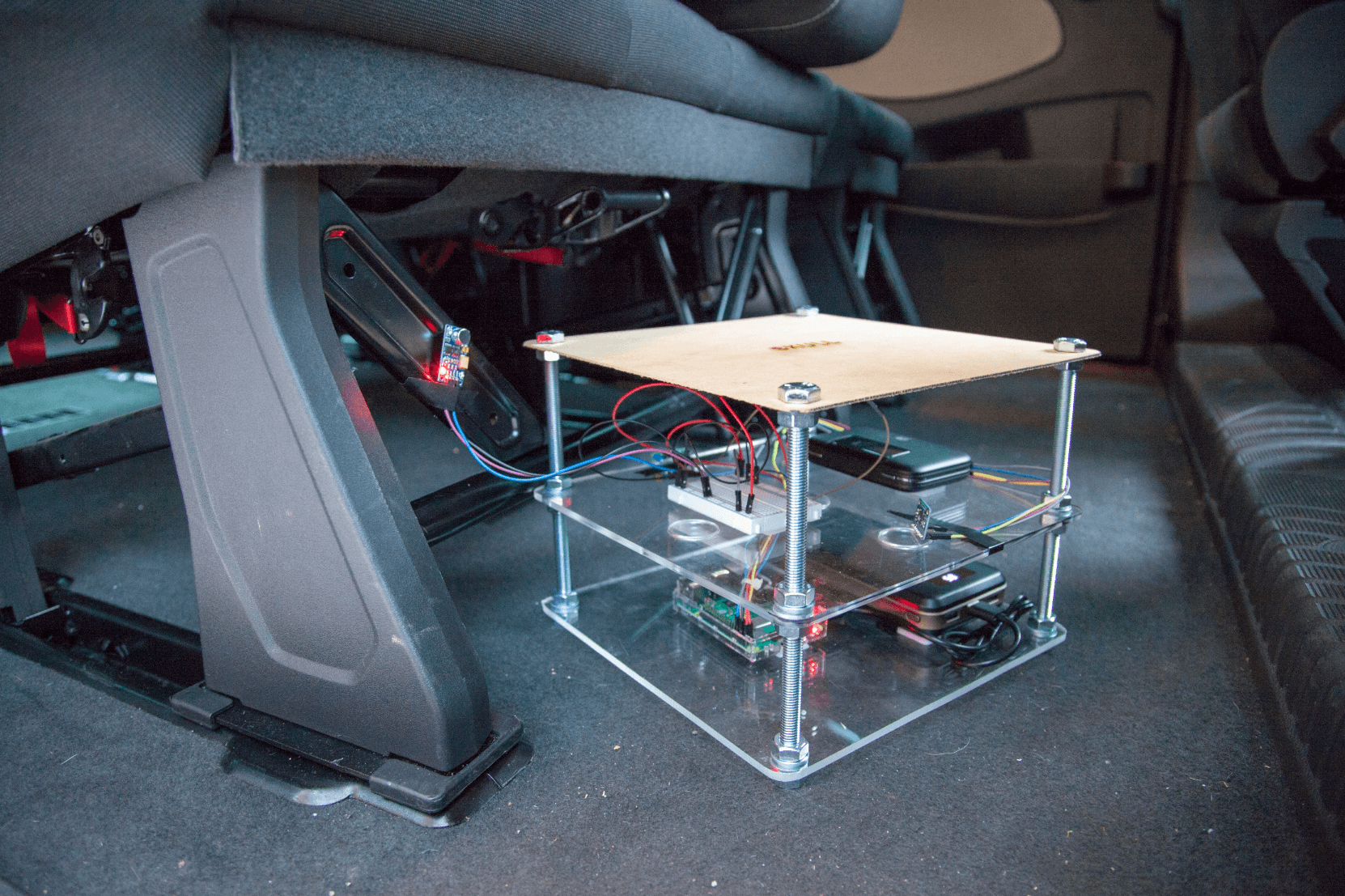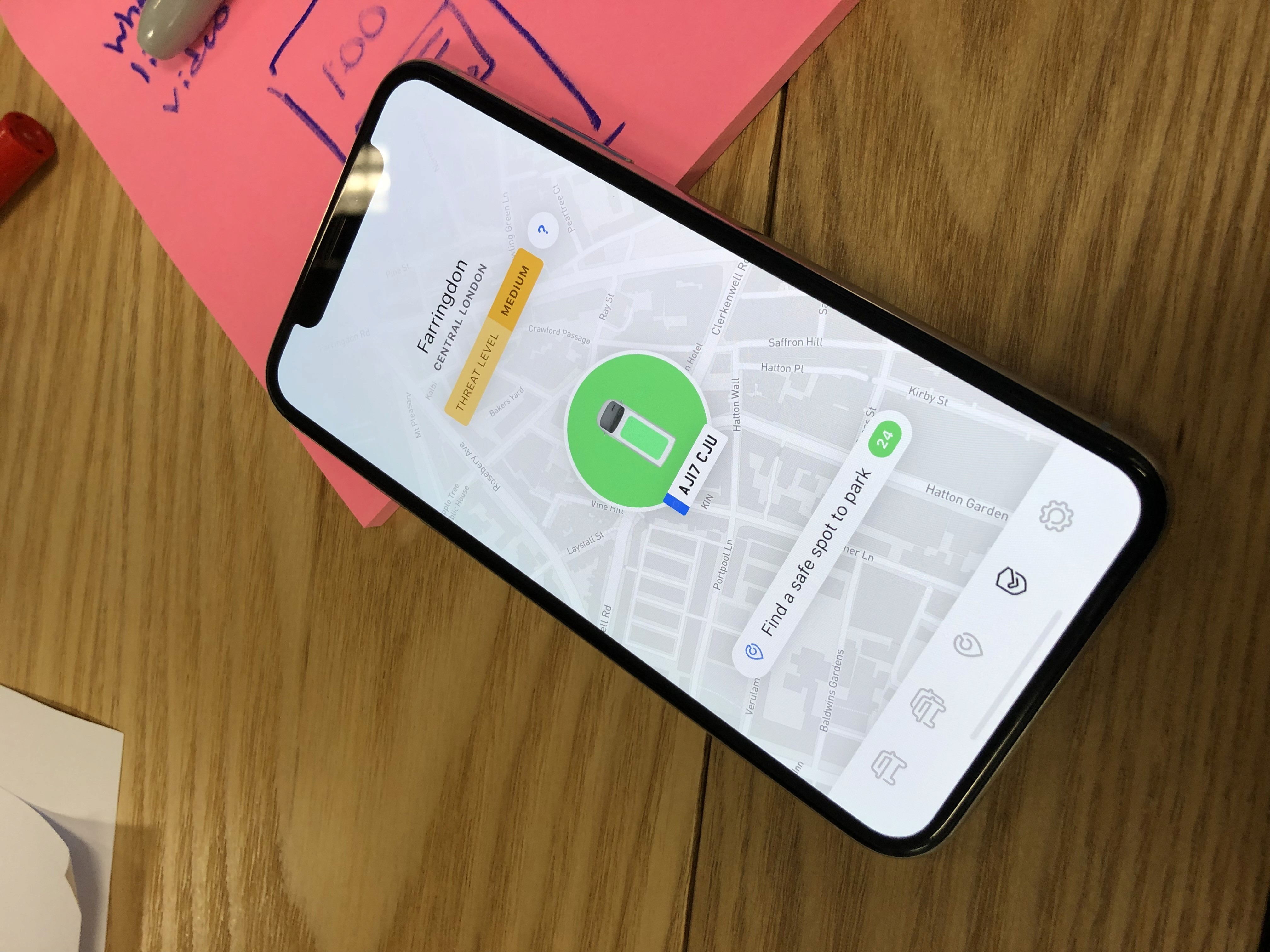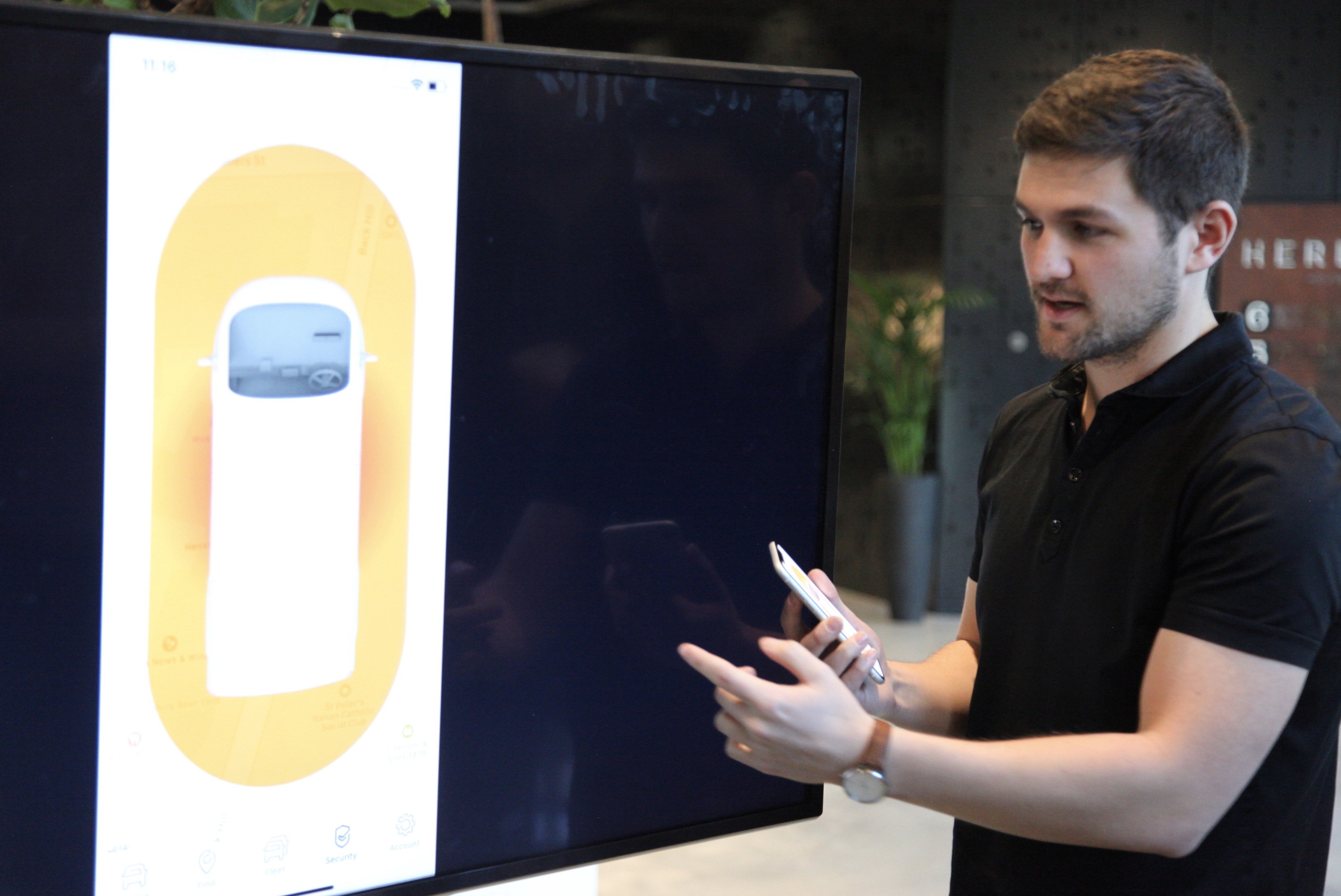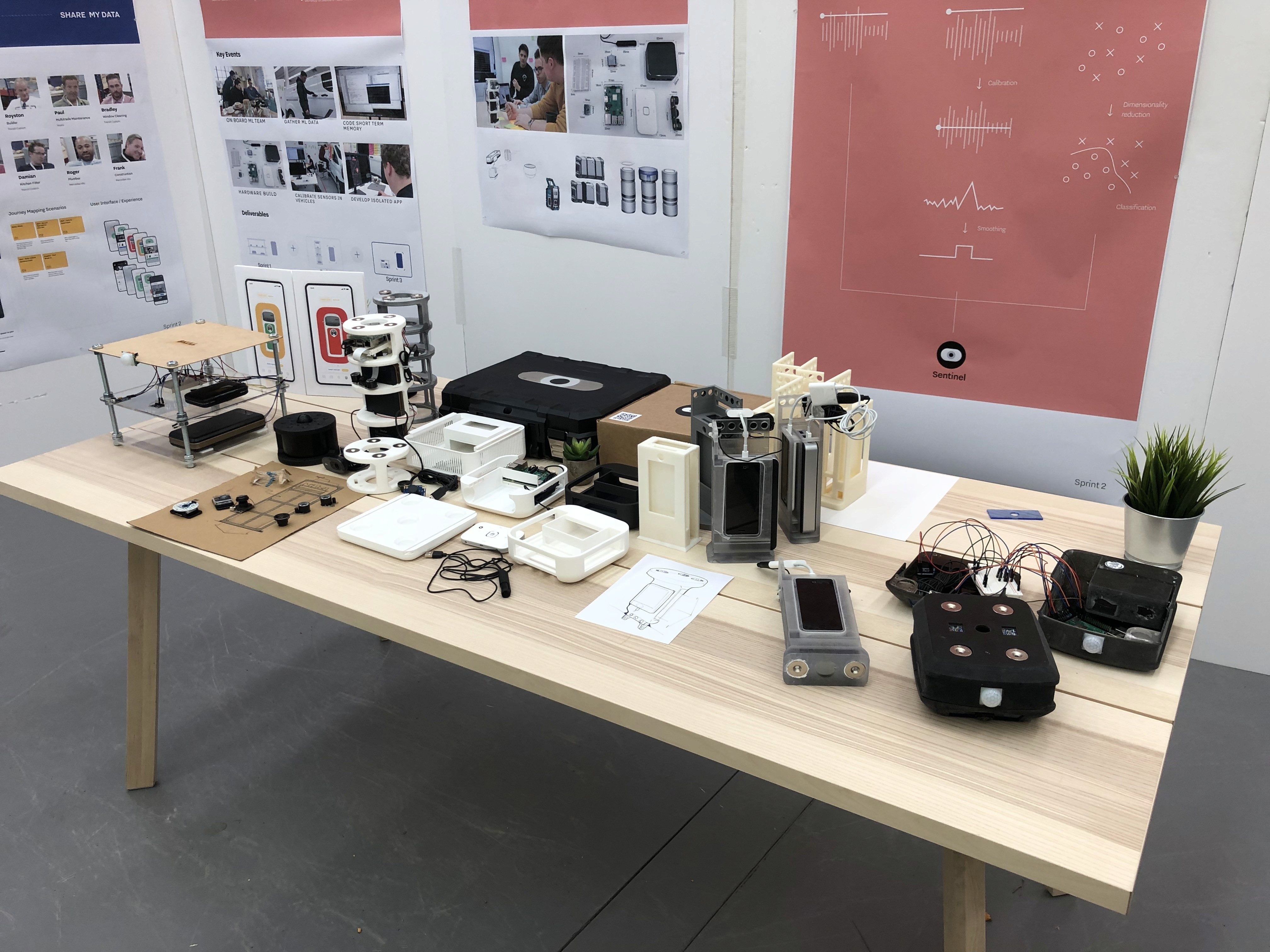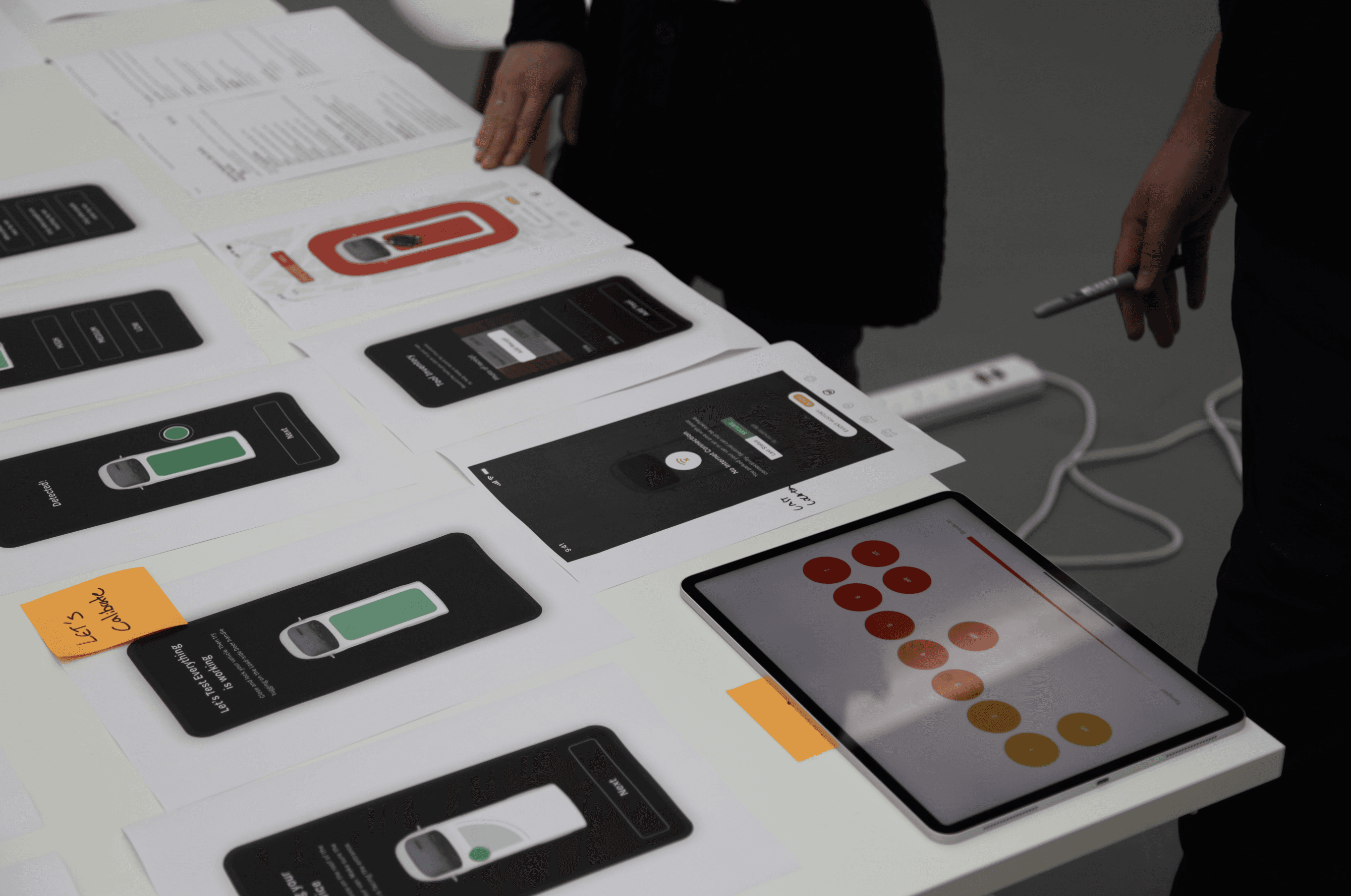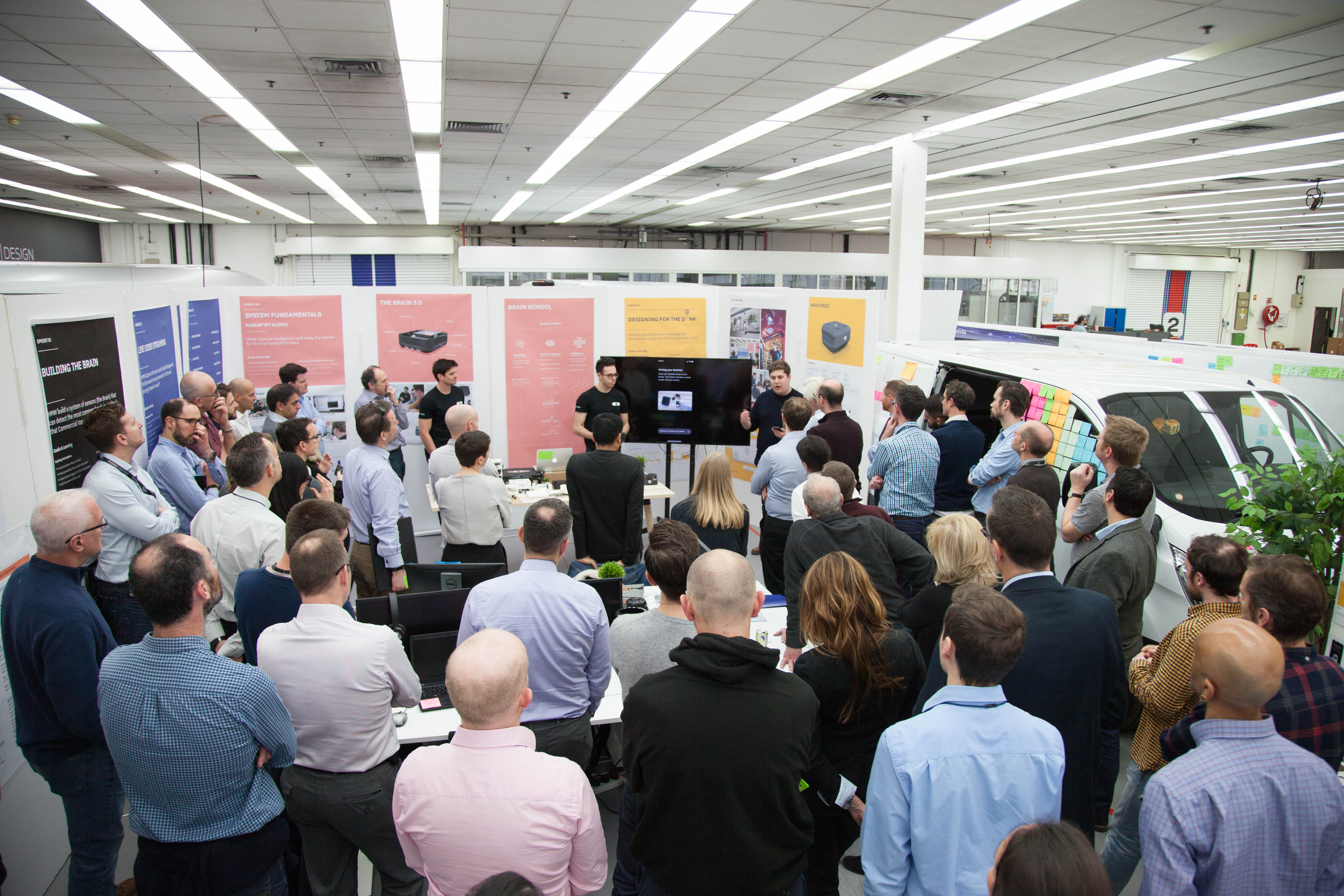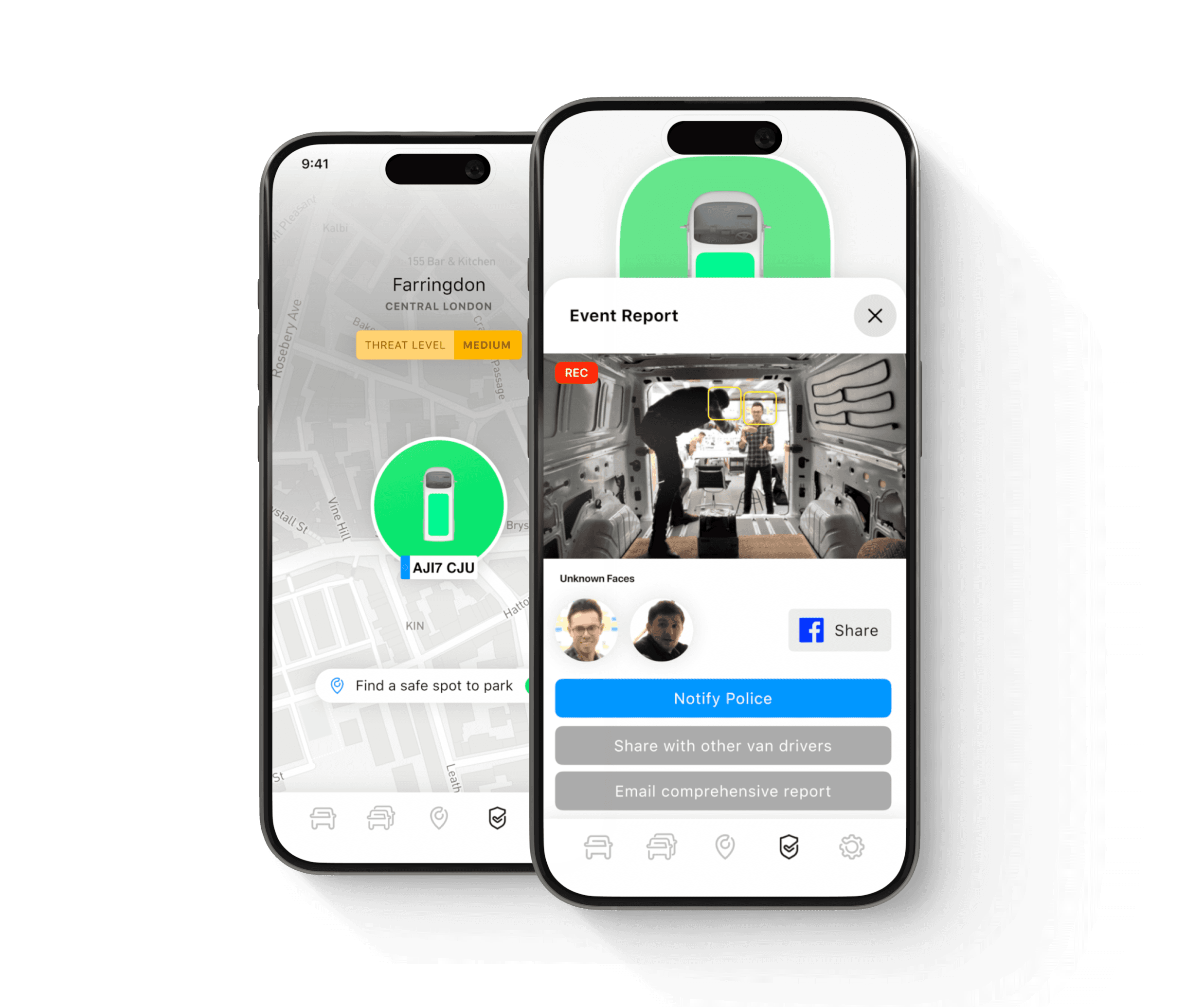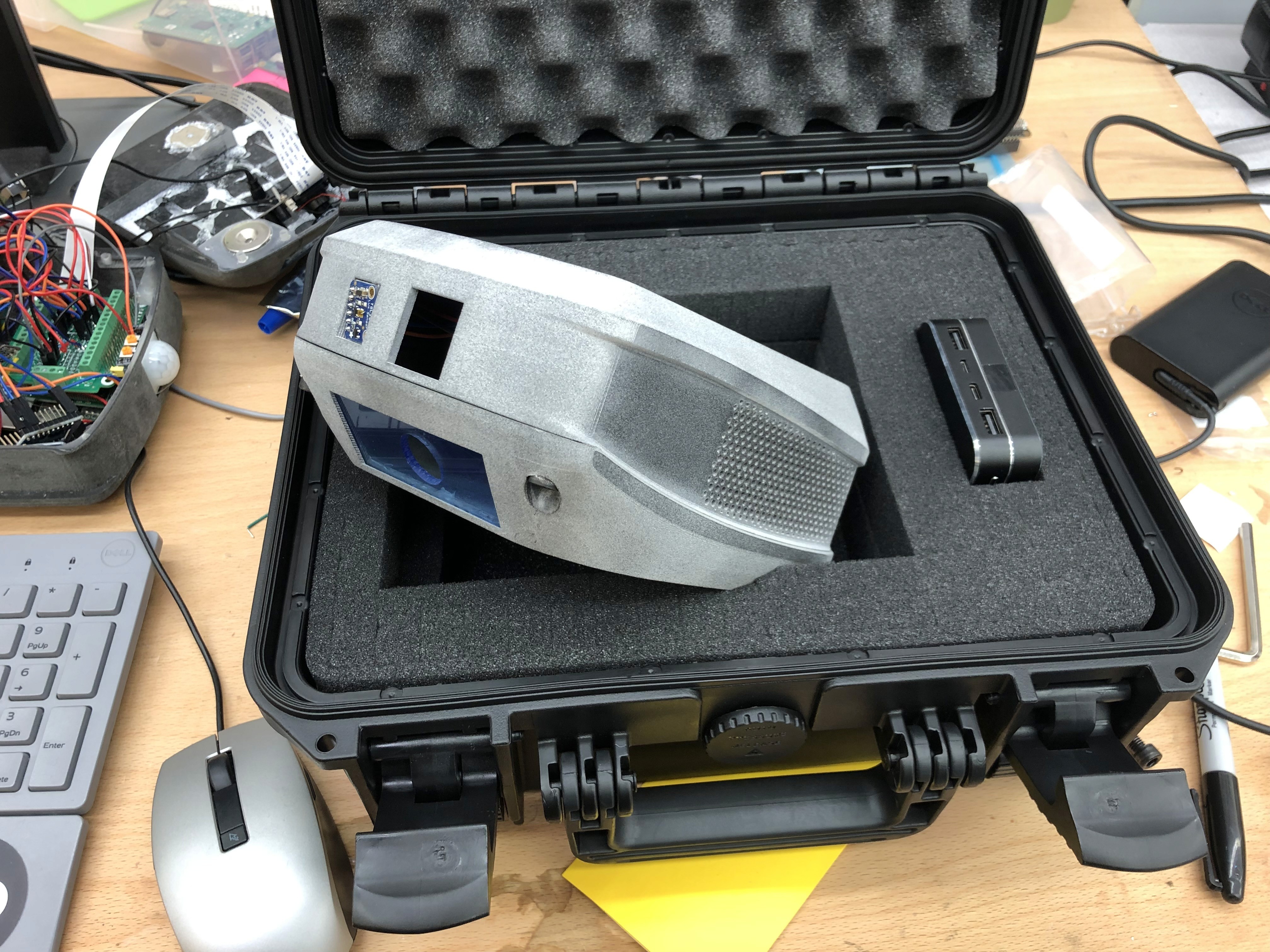
Client: Ford - Design Lead (Interaction Design)
We helped Ford incubate their first piece of consumer hardware by defining the product, service, and AI strategy.
My Role
While at IDEO I spent a significant amount of time building out our client relationship with Ford. Especially in their commercial mobility unit. One of the projects I lead was to develop an "alpha" of a security product. Basically building a "Nest" type device that would sit in trucks and vans. I was responsible for a team of 5 engineers and designers, where we delivered a fully working product and business case.
Challenge
Truck and Van owners have seen a dramatic rise in their belongings being stolen out of their vehicles. In an effort to combat these thefts, we were tasked with building an after market security solution for truck and van owners to give them peace of mind while away from their vehicles.
Solution
We built a smart after-market security product that could easily be adapted for both van and truck users, and worked in extremely low power environments. This provided for with access to customers post-purchase and a new recurring revenue stream.
Outcomes
After the alpha, Canopy was accepted into Ford's internal incubator (FordX) where it continued to gain momentum - finally spinning out with $105M in funding through a joint venture with ADT. One of the most successful spin-outs the company has done to date.
Journey Mapping & Initial Research
The 12-week project was structured into six defined sprints, each beginning with a kickoff and concluding with a live demo. To outline our sprints, we mapped the complete customer journey—from device installation and theft detection to handling post-break-in insurance claims. Additionally, we conducted initial customer interviews and consulted with vehicle security specialists to inform our approach.
Hardware & App Prototyping
Machine Learning Exploration
User Testing
Ways of Working
Final Prototypes
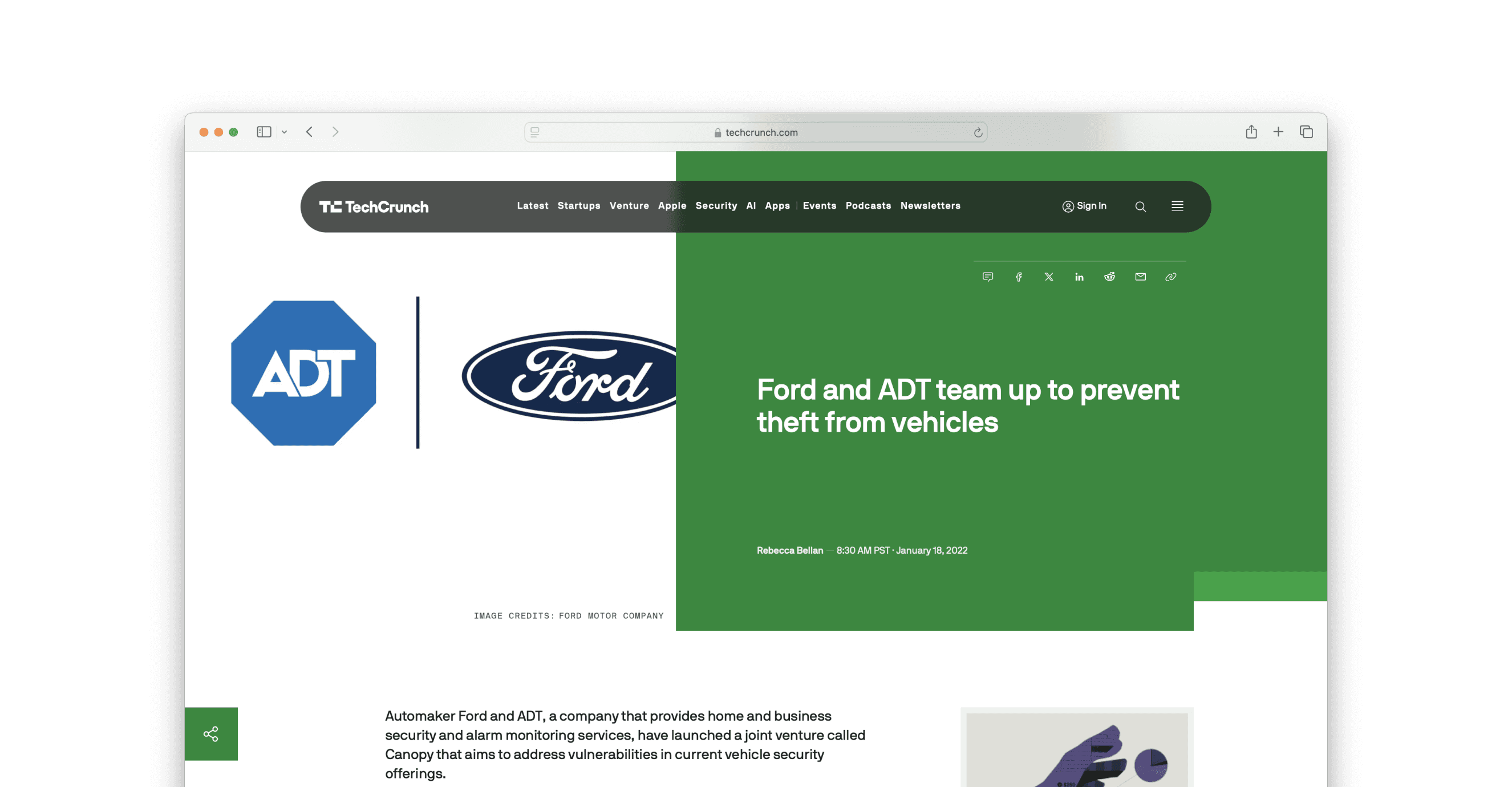
Joint-Venture Spin out
The project went on to secure $105M in funding from ADT and Ford in a joint venture where the team has been shipping both aftermarket and fully integrated security features for the automotive industry. You can learn more here.
The Team
